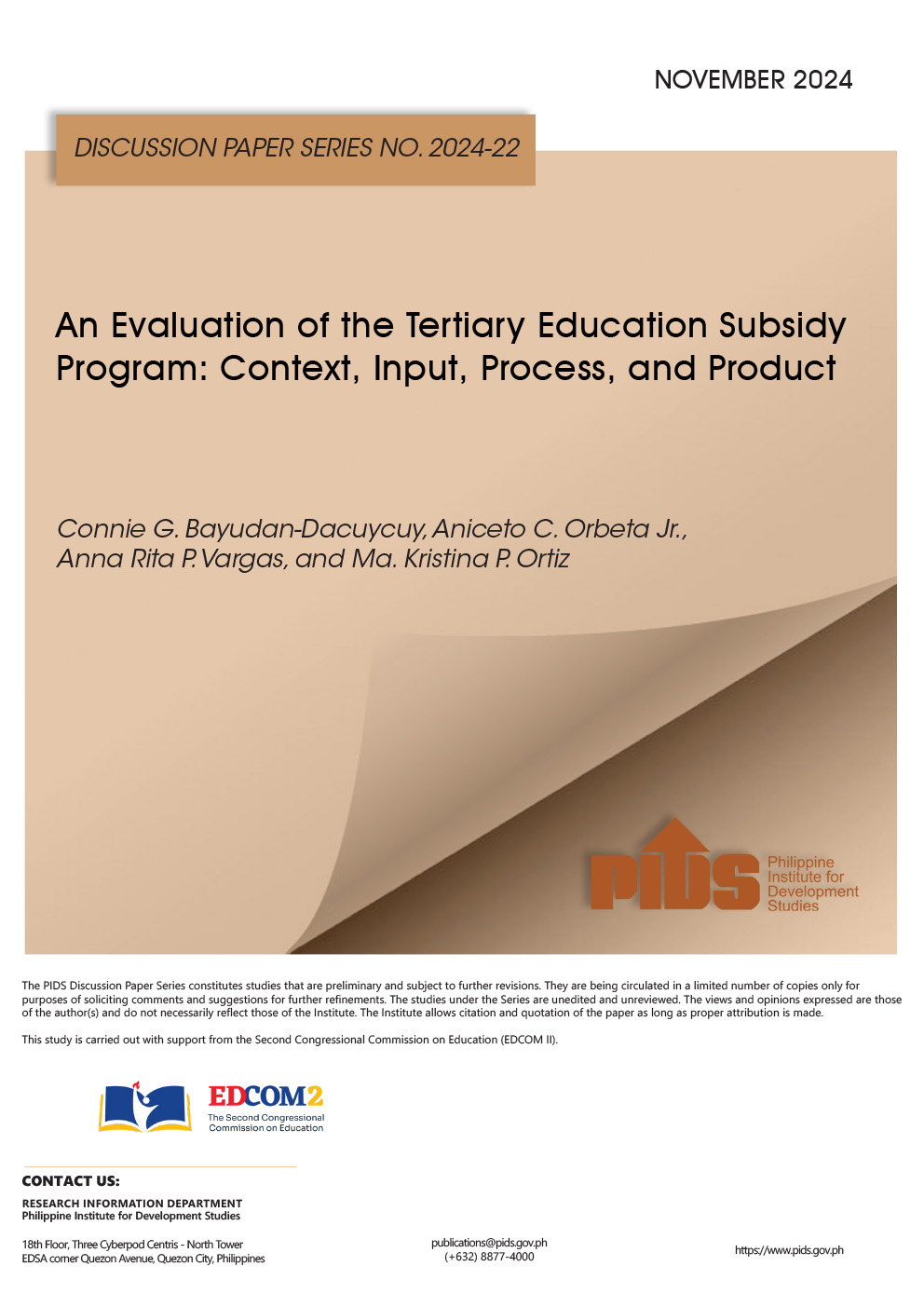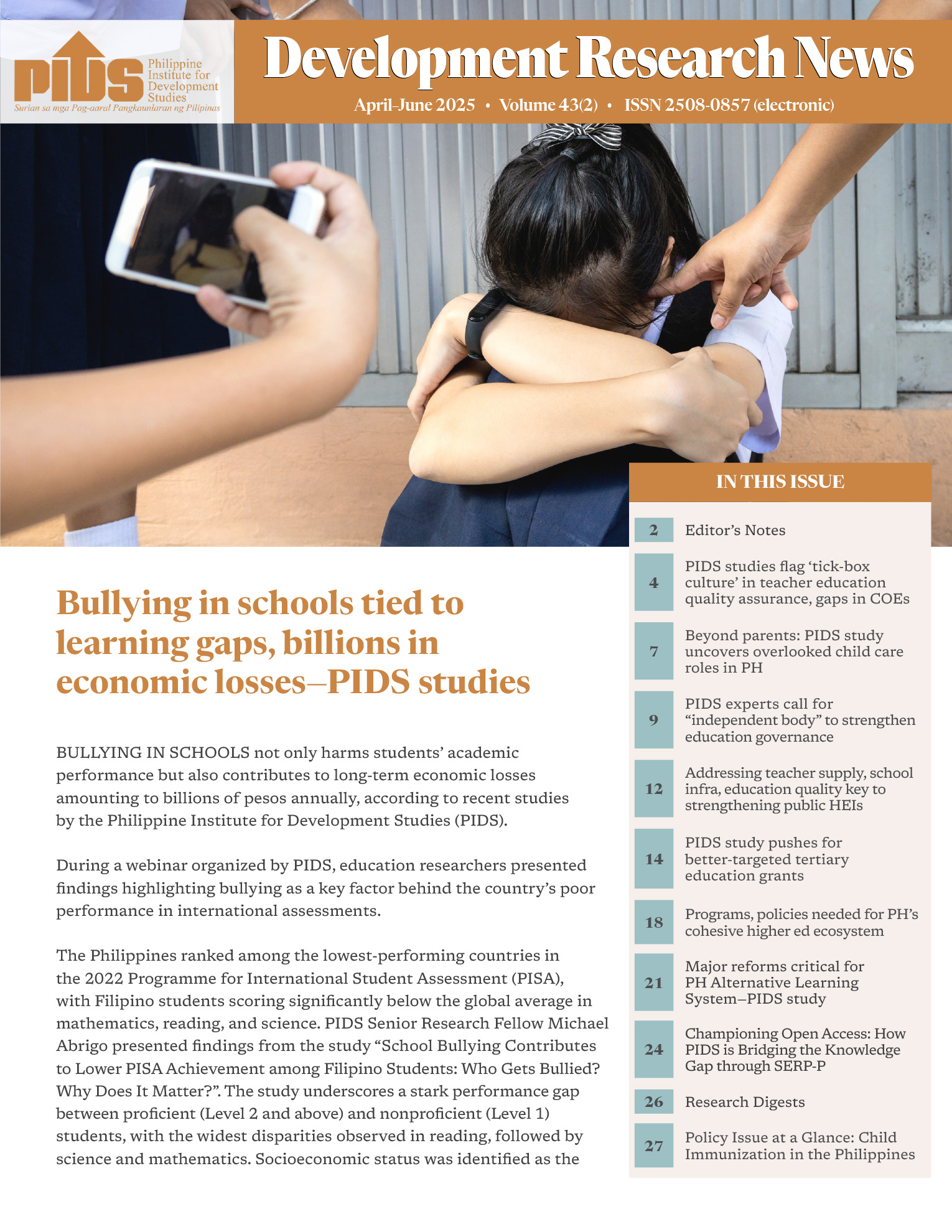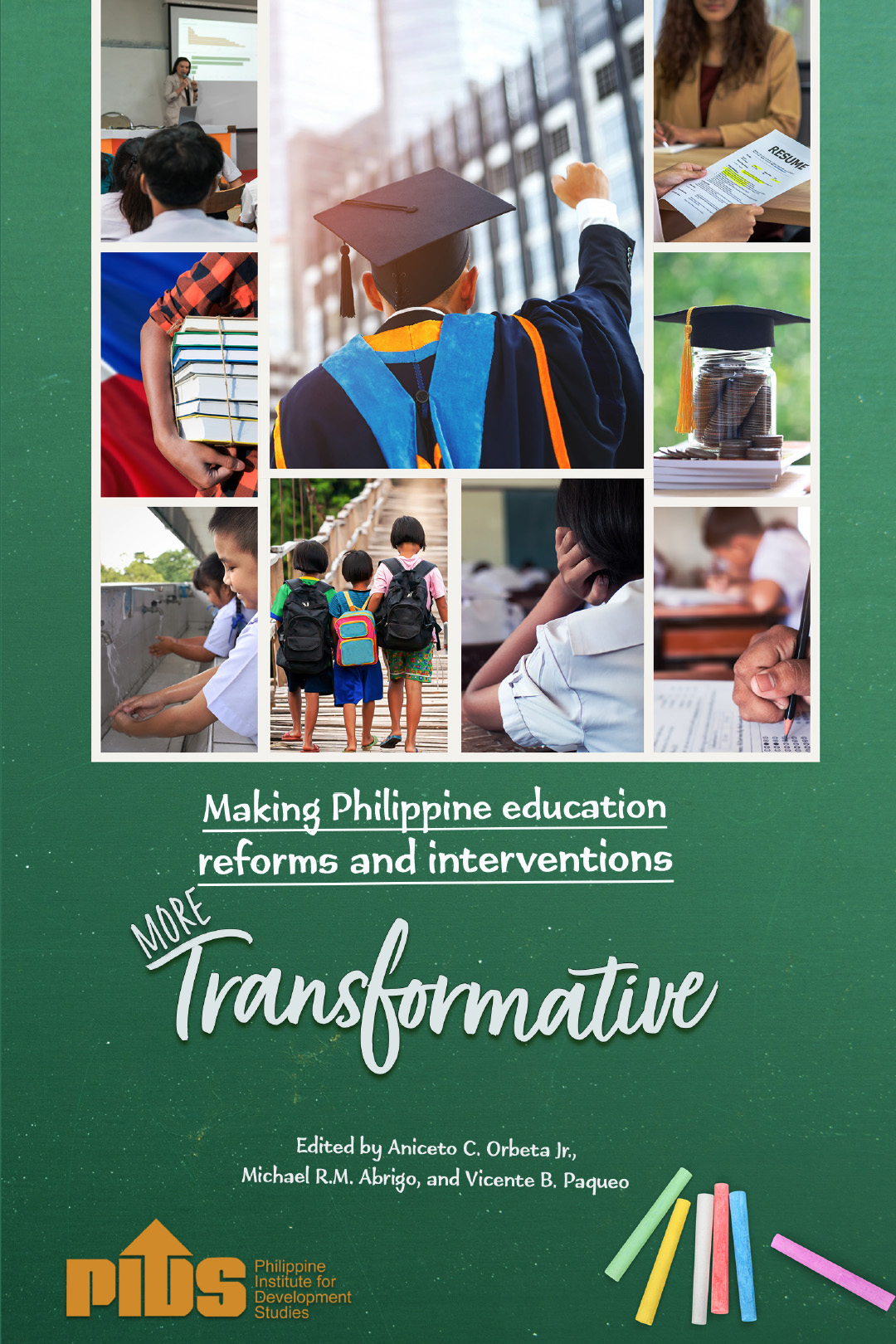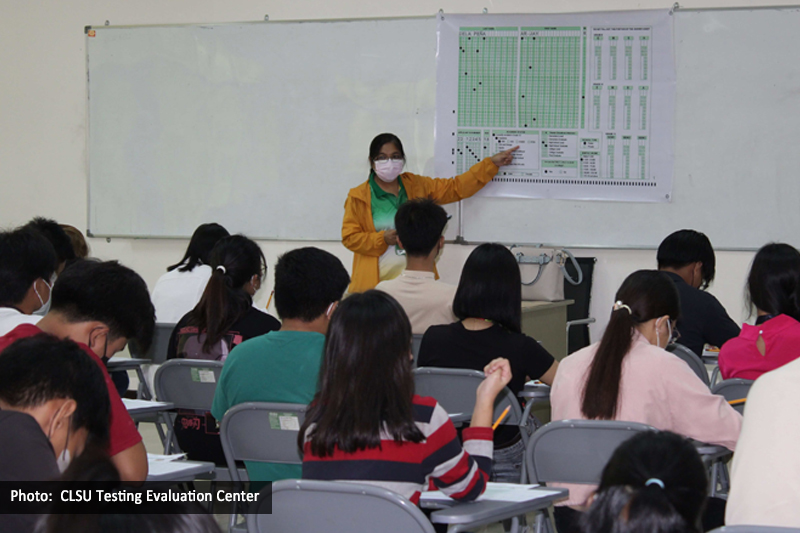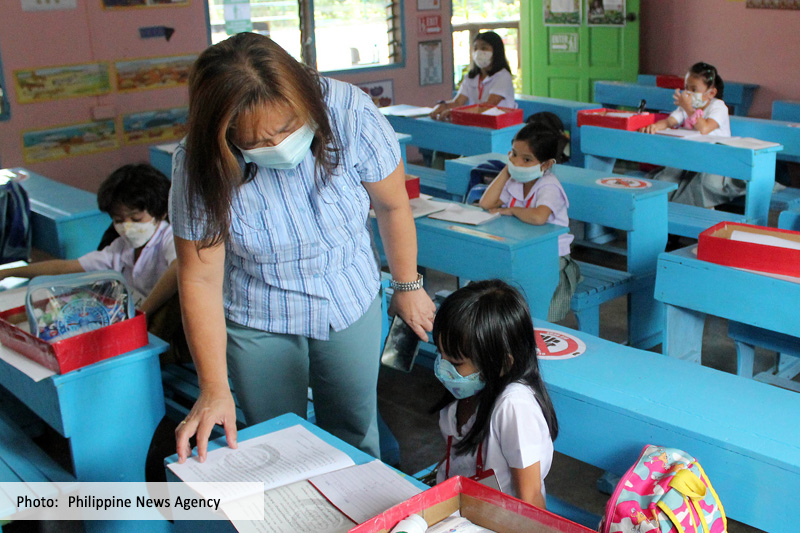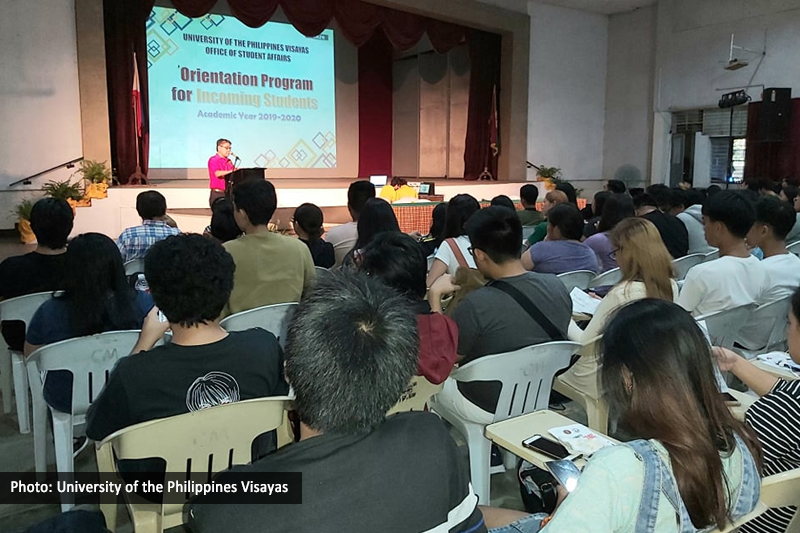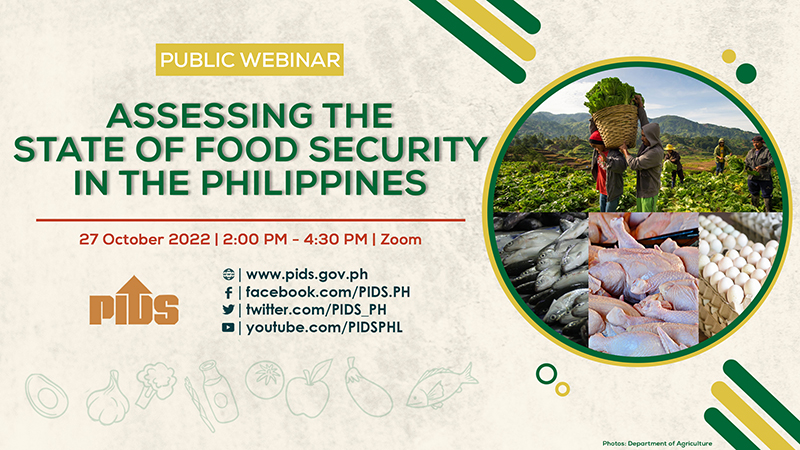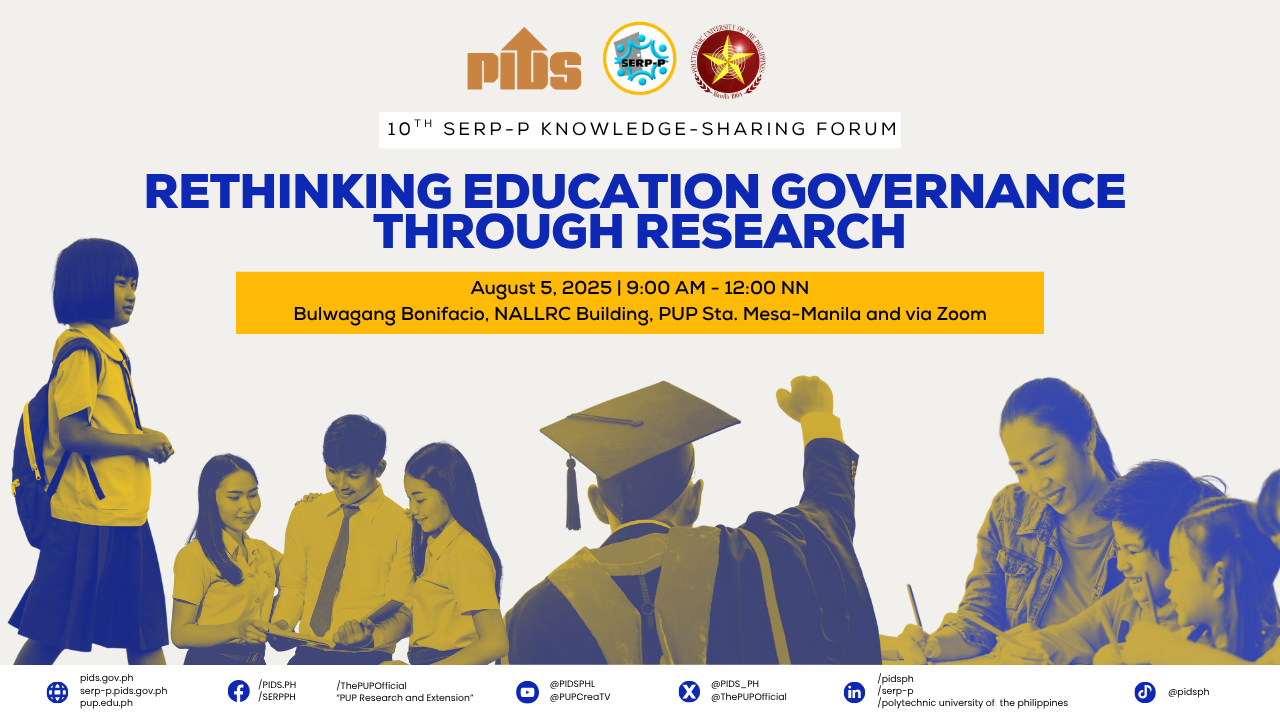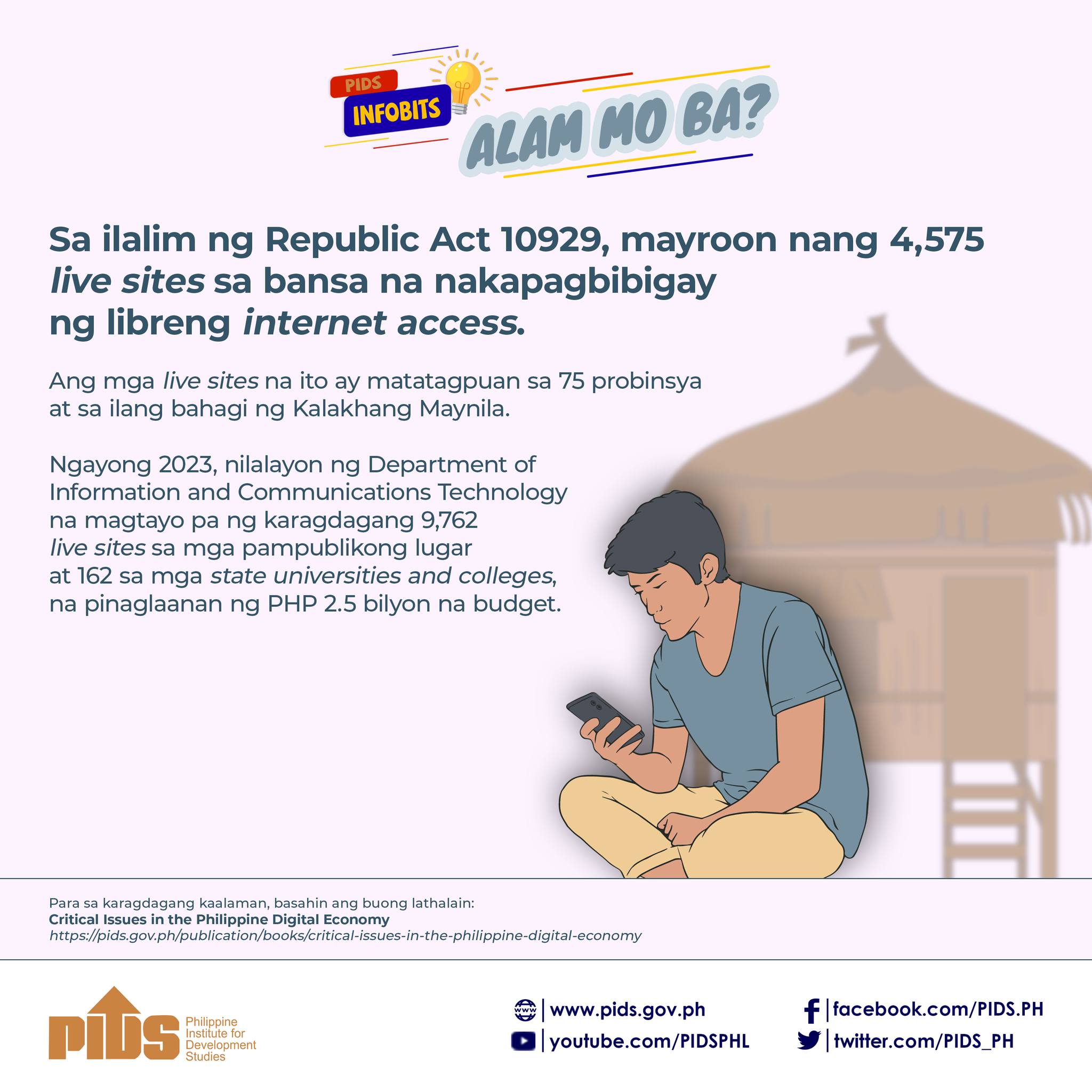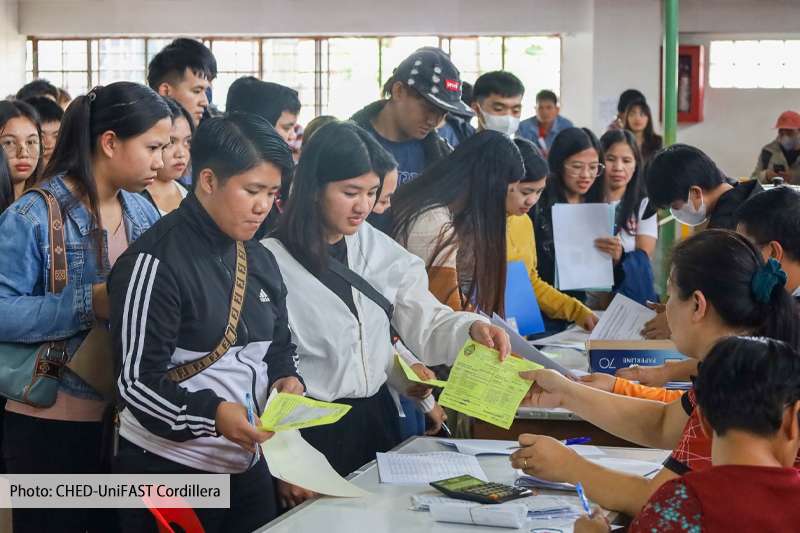
The Tertiary Education Subsidy (TES) program of the Commission on Higher Education (CHED) and the Unified Student Financial Assistance System for Tertiary Education (UniFAST) has positive impacts on improving access to higher education for underprivileged Filipino students, but significant gaps hinder its effectiveness.
This was highlighted by a recent study of the Philippine Institute for Development Studies (PIDS) that looked into the TES, a grant-in-aid program that supports the full or partial cost of tertiary education of priority students in state universities and colleges, CHED-recognized local universities and colleges, and private higher education institutions (HEIs).
Titled “Evaluation of the Tertiary Education Subsidy Program: Issues, Challenges, and Opportunities”, the study was authored by PIDS Senior Research Fellow Connie G. Bayudan-Dacuycuy, President Aniceto C. Orbeta Jr., Research Specialist Anna Rita P. Vargas, and former Supervising Research Specialist Ma. Kristina P. Ortiz. It outlines key recommendations to enhance TES and ensure its role in providing equitable, quality education for all deserving students across the country.
Under the Universal Access to Quality Tertiary Education Act (UAQTEA), TES provides financial assistance to students enrolled in undergraduate-post-secondary programs at both public and private HEIs and technical vocational institutions (TVIs). The program comprises three components: TES-1 (tuition and other fees), TES-2 (allowance for books, transportation, room, etc.), and TES-3a (allowance for persons with disabilities) and TES-3b (allowance for takers of professional license exams). While students in public HEIs and TVIs can apply for TES-2, TES-3a, and TES-3b, those in private institutions can apply for all components, including TES-1.
While TES has helped narrow the disparity in enrollment, the study found persistent challenges, which include regional disparities in college progression rates, issues with grantee selection, delays in fund disbursement, and inadequate support services. It calls for urgent reforms in prioritization mechanisms, operational processes, and better alignment of the program’s goals with its implementation.
A key finding on grantee selection flags the inadequacy of the current prioritization mechanism. To address this, the authors recommend sharpening the selection criteria by leveraging data from the Department of Social Welfare and Development’s Listahanan database to better identify and prioritize students in need, particularly those from the Pantawid Pamilyang Pilipino Program households. Meanwhile, eligibility for individuals above the poverty threshold should be determined based on their per capita income ranking. “The principle of minimizing leakages and improving targeting efficiency should remain even if the prioritization instrument changes in the future,” the authors noted.
The study also calls for a clearer definition of the TES grant components to avoid confusion and ensure that eligible students receive comprehensive support. It proposes a periodic review of grant amounts to reflect inflation and current educational costs, particularly tuition, living allowances, and learning materials. Bridging programs and career counseling, to assist grantees in meeting HEI retention standards are also needed.
Early dissemination of TES eligibility information to senior high school students is further emphasized, as it would allow them to make informed decisions about college enrollment and mitigate delays in fund disbursement. Transitioning to ATM-based subsidy releases is also recommended to streamline processes and reduce delays.
The authors recommend transforming UniFAST into an independent agency to improve efficiency and accountability. They argue that although reliance on the CHED was necessary during its early stages, this dependence has hindered UniFAST’s ability to effectively fulfill its core function of independently coordinating student financial assistance programs. “UniFAST must evolve into an independent agency as originally designed, with commensurate personnel attached to CHED for program and policy coordination purposes,” they emphasized.
Other efforts to boost higher education quality and sustainability include promoting faculty development, accreditation, and curricular relevance and utilizing the Higher Education Development Fund under CHED.
Read full study at https://bit.ly/pidsdp2024-22. ###

